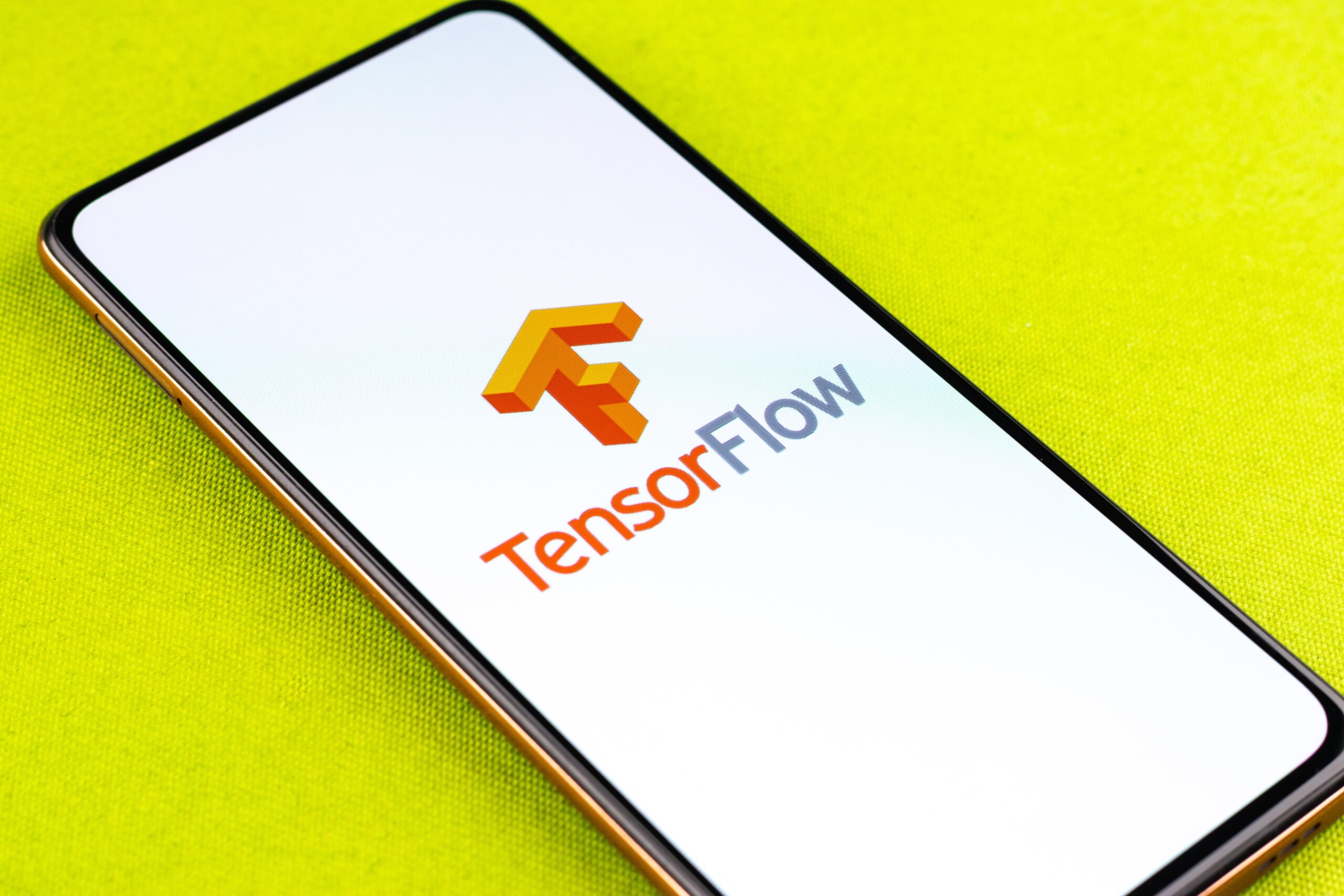Are you curious about the differences between OpenAI and TensorFlow? Wondering which is the best fit for your AI projects? We’ve got you covered! In this article, we’ll explore the distinctions between OpenAI and TensorFlow, their unique features, and help you determine which might be the best option for your needs.
Understanding OpenAI and TensorFlow
OpenAI is a research-driven artificial intelligence company that focuses on developing and deploying AI technologies that can benefit humanity. It has built some of the most advanced AI models, including GPT-3, GPT-4, and DALL·E, which are widely used for natural language processing, chatbots, content generation, and even creative applications like image synthesis.
TensorFlow, developed by Google, is an open-source machine learning (ML) framework designed for building, training, and deploying ML models. It provides tools for a wide range of AI applications, including deep learning, neural networks, and reinforcement learning, making it a go-to choice for developers and researchers who want to create custom AI models.
Key Differences Between OpenAI and TensorFlow
Although both OpenAI and TensorFlow play significant roles in the AI and ML ecosystem, they have different goals and functionalities. Below is a side-by-side comparison to understand their key differences:
| Feature | OpenAI | TensorFlow |
| Primary Purpose | Developing AI models for automation, NLP, and creative applications | Providing a framework for building and deploying custom ML models |
| Accessibility | Pre-trained models available via APIs (e.g., OpenAI GPT, DALL·E) | Open-source library that allows users to build models from scratch |
| Ease of Use | Very easy to use with API integration; requires no ML expertise | Requires coding knowledge and an understanding of machine learning |
| Use Cases | Chatbots, content writing, coding assistants, image generation | Neural networks, deep learning, computer vision, recommendation systems |
| Development Flexibility | Limited – relies on pre-trained models | Highly flexible – can build models from scratch |
| Deployment | Web-based API integration | Can be deployed on local machines, cloud, or mobile devices |
| Community Support | Strong support from OpenAI but limited user modifications | Large open-source community with extensive documentation |
Strengths and Weaknesses
| Strengths | Weaknesses | |
| OpenAI | Ready-to-use models that require no trainingState-of-the-art natural language processing and AI capabilitiesSimple API integration with applications | Limited customization – users can only work with provided modelsPaid access for many featuresData privacy concerns with cloud-based AI processing |
| TensorFlow | Highly flexible for custom ML model creationCompletely open-source and free to useCan run on multiple platforms, including mobile devices | Steep learning curve for beginnersRequires expertise in machine learning and data scienceMore time-consuming to set up compared to pre-trained AI models |
Which Is the Best Option?
Both OpenAI and TensorFlow serve different purposes in the AI ecosystem. The right choice depends on what you need:
- If you want a plug-and-play AI solution for tasks like text generation, chatbots, or creative content, OpenAI is the better choice. It provides cutting-edge AI models that can be easily integrated via APIs without requiring ML expertise.
- If you need to develop custom machine learning models, train deep learning networks, or work on AI research, TensorFlow is the best option. It allows full control over model training, optimization, and deployment.
In essence, OpenAI is ideal for businesses and individuals who need AI capabilities without getting into the technical complexities. Meanwhile, TensorFlow is perfect for researchers, engineers, and enterprises looking for full control over AI development.
FAQs
1. Can I use both OpenAI and TensorFlow together?
Yes, you can integrate OpenAI’s models with TensorFlow-based applications for enhanced AI functionalities.
2. Which is better for beginners, OpenAI or TensorFlow?
OpenAI is easier for beginners since it provides ready-to-use AI models via APIs, while TensorFlow requires ML expertise.
3. Is TensorFlow free to use?
Yes, TensorFlow is open-source and free, but you may incur costs if using cloud resources for model training and deployment.
Final Verdict
If you’re looking for quick AI deployment with minimal effort, OpenAI wins. If you’re building a custom AI application and need flexibility, TensorFlow is the way to go. Assess your goals and technical expertise before making a choice!
More in AI writing: 4 Best Software for Report Writing.
